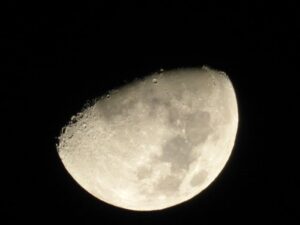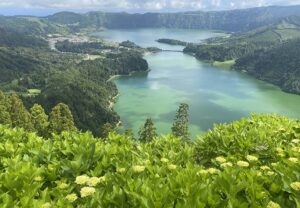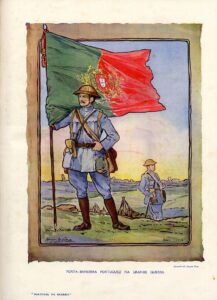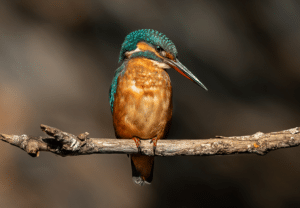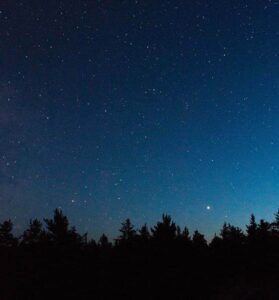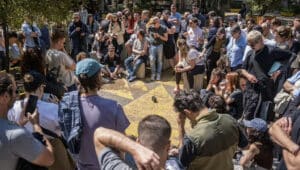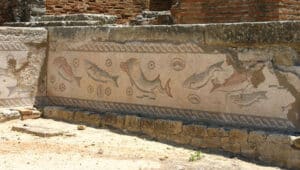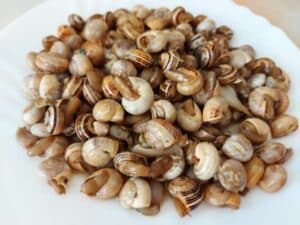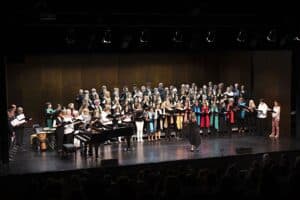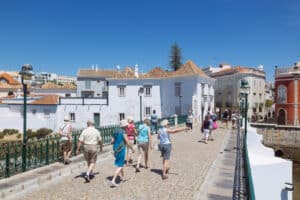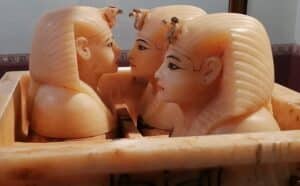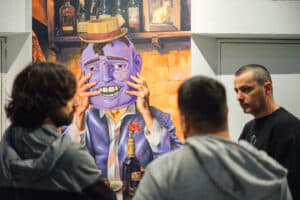By: Margaret Brown
It is another glorious sunny day after the recent inundations, and an upsurge of animal life on our land and the back hills beyond.
With ground too hard during the long dry months for many insects to go about their business apart from ants, those indefatigable and dedicated miners, other species are now coming up for air and food.
Migrant and resident birds probe the earth side by side, while a family of hoopoes, too busy to be shy, digs outside the bedroom window fanning their crests like Japanese Geishas.
And, from time to time, mole crickets run just beneath the damp surface leaving a trail of broken earth as they travel to and from underground chambers several inches down.
Up to two inches long, with a couple of pairs of wings and front legs reinforced and flattened for digging, these prehistoric throwbacks eat plant roots as well as other insects and are a plague on golf courses.
To enhance their stridulations, members of this branch of the family Gryllidae make vertical chambers where they sit upright when ‘singing’. Their song exits through two holes in the ground which act as amplifiers for the purpose of enticing females at breeding time, the sound being deeper than that of your average cricket.
Fossils identical with these strange-looking creatures dating back 299 million years to the Paleozoic period have been found embedded in amber in Burma, France, America and other countries.
Meanwhile, our eucalyptus tree, which is a mass of white blossom, is alive with bees probing the flowers for honey, their sound like that of a distant fleet of enemy bombers.
With planes dominating the final day of No.1 daughter’s recent visit and a strike of UK immigration personnel threatening to disrupt flights, anxiety set in like a black cloud.
The strike was called off at the last minute so it was an early start to be at Faro by 7am and the Via de Infante was empty of traffic.
Not trusting Estradas de Portugal to make correct toll charges, the Boss noted time, mileage and amount as we passed beneath each camera gate and were pinged.
Due to top up my transponder this week before No.2 arrives on a pre-Christmas break, it will be interesting to see how numbers correspond. Not wishing to pay on the homeward trip, I opted for the EN 125 and regretted that decision at once, my little car rattling and bouncing over a carriageway suitable only for a donkey cart in places.
The standard of driving seemed to have degenerated somewhat, frustration leading to tailgating and unwise overtaking reminiscent of the 1990s.
With Christmas just two weeks away, it is now the middle of Advent which began on December 2 and comes to an end on Christmas Eve.
In Luz Church, the start of the Christian Year is celebrated by placing an Advent wreath upon the altar, a symbolic evergreen circle uniting the birth of Jesus, his anticipated second coming and the eternity of God’s love. The wreath holds five candles, the outer four being lighted one for each Sunday until December 24.
The white candle in the centre is ignited on Christmas morning as an icon of Christ – the light of the world, hope incarnate and the promise of his everlasting presence.
There will be a service of traditional carols and lessons on December 23 at 6pm in Luz Church, followed by mulled wine and mince pies, and on the 25th at 11am the Feast of the Nativity with the Holy Eucharist and carols to which everyone is welcome.
Meanwhile, day by day, every drought-killed part of our land is greening over with unfamiliar plants slowly putting out roots and testing the air for suitability. Some keep growing, while a minority dies back into the earth under a spreading blanket of kikuyu grass.
Last spring, our handyman’s sidekick mowed right down to the ground surface and destroyed 50% of all vegetation, exposing emergent seedlings to wither in the sun.
Around that time, flocks of small birds flying north dropped in for a few days’ rest, for which I scattered pre-packed supermarket bird seed on the bare soil.
Some were not eaten and have sprouted since the rain came, predominantly millet along with assorted brassicae and various unidentified species, one of which has long ivory coloured trumpet shaped flowers.
Maybe that seed was carried by migrants passing through from somewhere south of Portugal, and will not take kindly to the icy blast from Monchique that is now stripping clouds of filaments from a stand of eucalyptus behind our house.
Further west at Cape St. Vincent, when having a day out with No.1 daughter, we deplored the closing of access to the rock point where one could stand as if on the bows of a ship, watching divers collecting perceves (edible Goose Barnacles).
Known as elephants feet and picked from rocks among dangerously breaking waves, these are considered a delicacy in the Algarve.
Also there was a simple but inspiring piece of sculpted metal suggesting adventure, freedom and life on the open road. With creative insight, the Portuguese seem to have an ability to conjure works of art, especially statuary, from the most basic of natural materials, as seen in the stone animal set in a green patch beside the road coming from Luz Bay car park.
|| features@algarveresident.com
Margaret Brown is one of the Algarve Resident’s longest standing contributors and has lived in the Algarve for more than 20 years.


